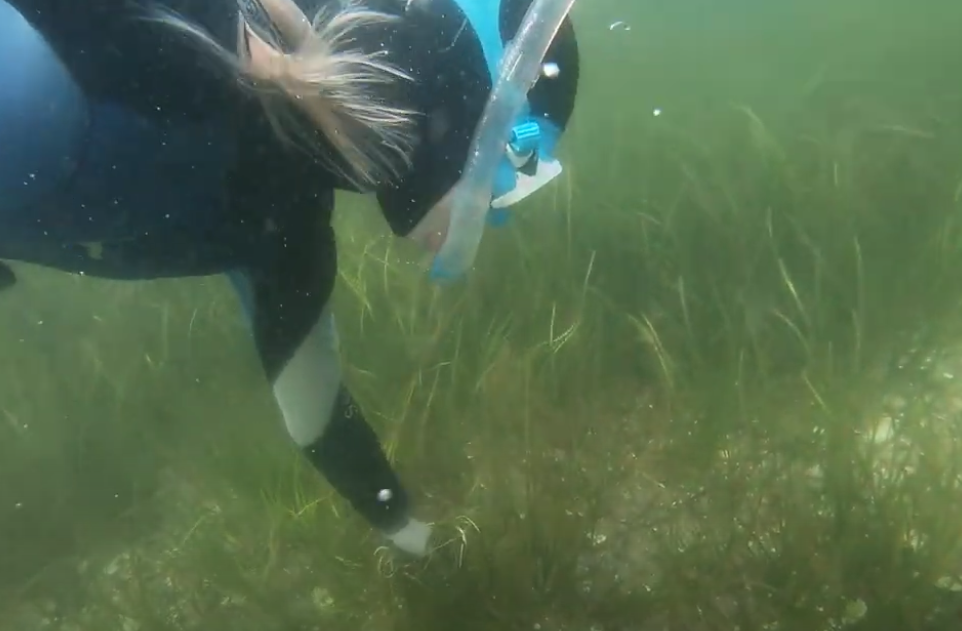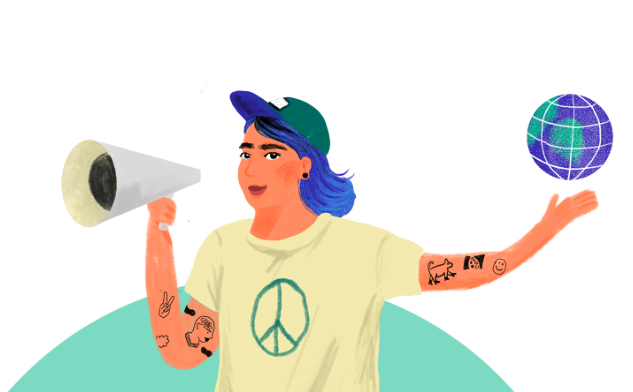How to use your consumer power to fight ocean plastic

The share of plastic which is being recycled is steadily growing. For the pioneers of a regenerative economy, this does not go far enough. The solution: Making products from plastic waste, which has been retrieved from illegal dumpsites or the oceans.
A world without plastic waste. What does that mean?
If a product is designed to be recyclable, this does not necessarily mean that itself is made from recycled materials. Coca-Cola, for example, announced to ensure that all its products are recyclable by 2025 and that 50%+ of the beverage bottles and cans used in their production are made from recycled materials; the latter not until 2030. According to a press release from early February, the company is now launching the first Coca Cola plastic bottle on the US market that is made entirely from 100% recycled rPET. Similarly, Evian, whose PET bottles have also been made from 100% rPET since last autumn, at least in Switzerland. The Berlin-based start-up Share has shown that this can be done way faster. It had already launched the first fully recycled – and recyclable – PET bottle on the market back in 2018.
But is a closed cycle all what it takes? It may not be enough. Because a PET bottle that was previously a PET bottle and then becomes one again does not contribute to removing the plastic waste that is already out there drifting in our oceans. It is not net positive, as a regenerative business model would suggest.
The challenge is similar to that of climate protection. Here, too, the target of a CO2-neutral economy is not enough, as we need also to remove CO2 which already has been emitted into the air in the past. For CO2, afforestation is the most effective solution to absorb CO2 from the atmosphere. What is it for plastic in the oceans?
The path to a regenerative economy
There is a difference between using recycled plastic from well established sources (such as collection points for PET bottles such as in Switzerland, or the green dot scheme in Germany) and schemes which actually process plastic which has been retrieved from the oceans or from other – mostly illegal – dumpsites. Here, we take a closer look at a number of companies who pioneer regenerative business models related to plastics, hence empowering us consumers to make purchase decisions which help fighting ocean plastic.

Wildplastic
The Hamburg-based start-up Wildplastic produces garbage bags made from plastic waste, which the company sources from river beaches, landfills or illegal dumpsites, hence preventing more plastics from ending up there, polluting our planet. Wildplastic works with communities of collectors around the world to bring these materials back into the production cycle. An interesting detail: the clean-ups take place before the plastic waste ends up in the ocean. Once in the ocean, Wildplastic’s recycling option is lost: the salt water corrodes most types of plastic film. They can then no longer be recycled into LPDE, the technical term for bin liner.
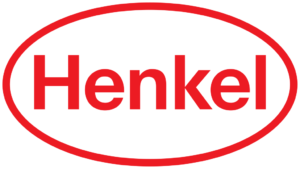
Henkel – social plastic
The Henkel Group, one of the leading manufacturer of consumer goods, teamed up with the Canadian social enterprise Plastic Bank since 2017. This works with 27,000 plastic collectors in Haiti, Indonesia, the Philippines and, since 2020, also in Egypt, who collect plastic waste washed up on the beach and bring it to collection stations. There, the plastic waste is exchanged for money, goods or services such as free internet access or education vouchers. Plastic Bank markets the granulate produced from this as “social plastic”; because in addition to the special ecological effect, it creates jobs in low-income regions. Because of this social added value, Plastic Bank is able to charge its customers a significant price premium, which refinances the system to a good extent. Social Plastic is used, for example, in the production of plastic packaging for particularly sustainable products such as Henkel’s Nature Box shampoos.
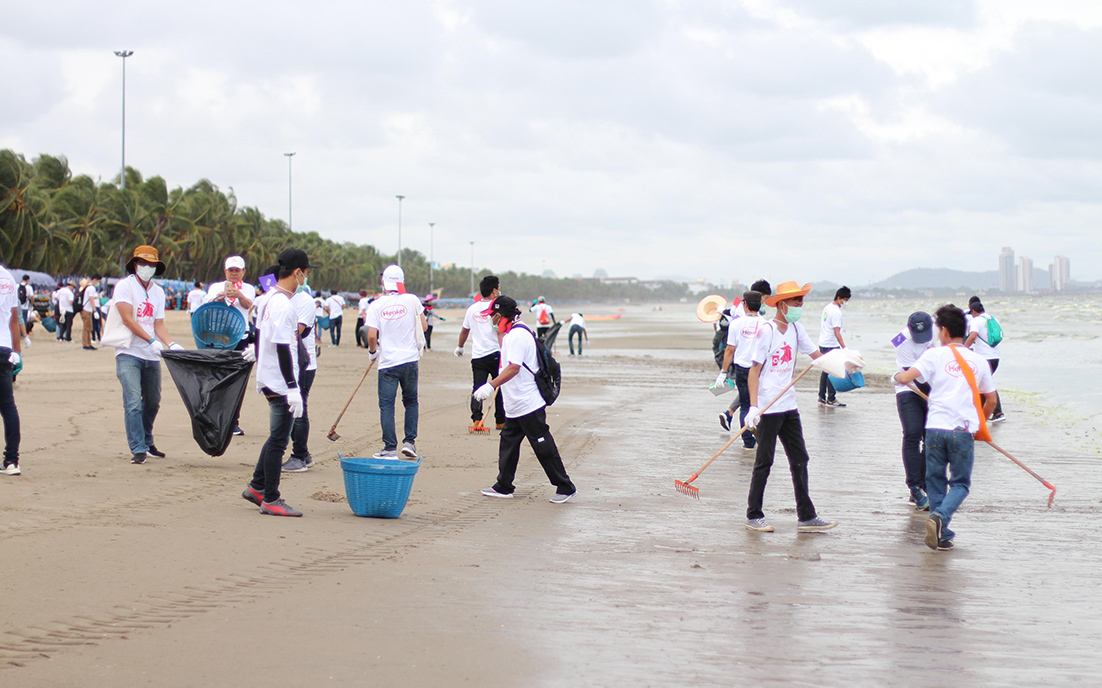
Henkel employees in Thailand collect plastic waste as part of the “Trashfighter” campaigns, fishing nets and glass bottles on local beaches.
Upcycling fishing nets into nylon
One problem with recycling ocean plastic is that there are many different plastics mixed in which makes recycling difficult. Fishing nets, however, can be turned into nylon. There are a number of initiatives working to dispose of (and recycle) old fishing nets on land instead of dumping them in the ocean as has been done in the past.

Bureo
The San Francisco-based company Bureo produces skateboards – and sunglasses – made from former fishing nets. For this, Bureo cooperates with fishermen from Chile who collect their old nets again instead of disposing of them in the sea, as has been the case in the past.
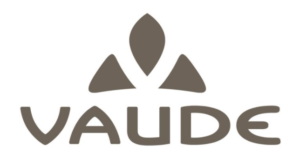
Vaude
The family-run outdoor company Vaude based in Southern Germany uses a yarn made from recycled fishing nets and other nylon waste for its textile production. The yarn, patented as Econyl, is used by several companies, not only in the textile industry. One of the companies that used Econyl at an early stage is the Thuringian carpet manufacturer Carpet Concept.
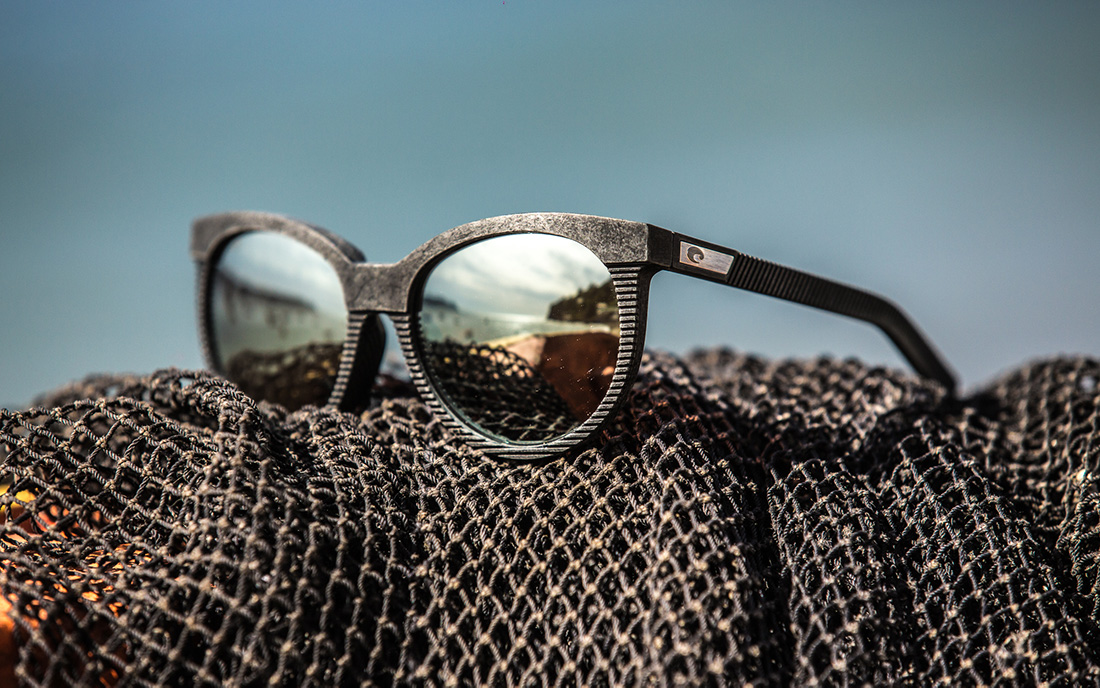
Bureo’s sunglasses and skateboards are made
from 100% recycled fishing from recycled fishing nets.
Upcycling PET bottles into garments
While Share, Danone, or Coca-Cola are working (at different speed though) towards a circular economy by producing plastic bottles from former plastic bottles, other companies are turning PET bottles collected from the landfills or from beaches into garments.

Patagonia
Patagonia is the undisputed pioneer of plastic upcycling in the textile industry; the company has been processing PET bottles into a polyester granulate since 1993 and using it to make fleece jumpers, among other things. Meanwhile, the share of recycled polyester at Patagonia is over 80%.

Pompei Project
The young Hamburg-based fashion label Pompei Project cooperates, among others, with the Indian company Waymore, which processes collected plastic bottles into a granulate that is then used to make T-shirts.

At the American company Patagonia, the share of recycled polyester of recycled polyester is already over 80%.
As of today, ocean plastic supply exceeds demand
An estimated 8 million metric tons of plastic end up in the oceans every year. The quantities of plastic that could be collected on the beach far exceed the demand in the consumer goods industry, especially if a significant price premium has to be paid for this, as is the case with Social Plastic, albeit for a good cause.
Wildplastic garbage bags made from 100% social plastic cost more than twice as much as regular bin liners, even if they are also made from 100% recycled plastic, like the Eco-Sack, but not Ocean Plastic. Buy a Social Plastic product basically includes an equivalent to a donation to the plastic collectors at Plasticbank, which is a good thing, but not necessarily for everyone.
For the plastic collectors, it is important that the market can absorb larger amounts of waste. The Indian government had been experimenting recently blend in a plastic waste in road construction. Some observers see this quite critically. It is therefore desirable that large corporates engage in partnerships with initiatives like the Plastic Bank and thus jointly grow the market for collected ocean plastic.
